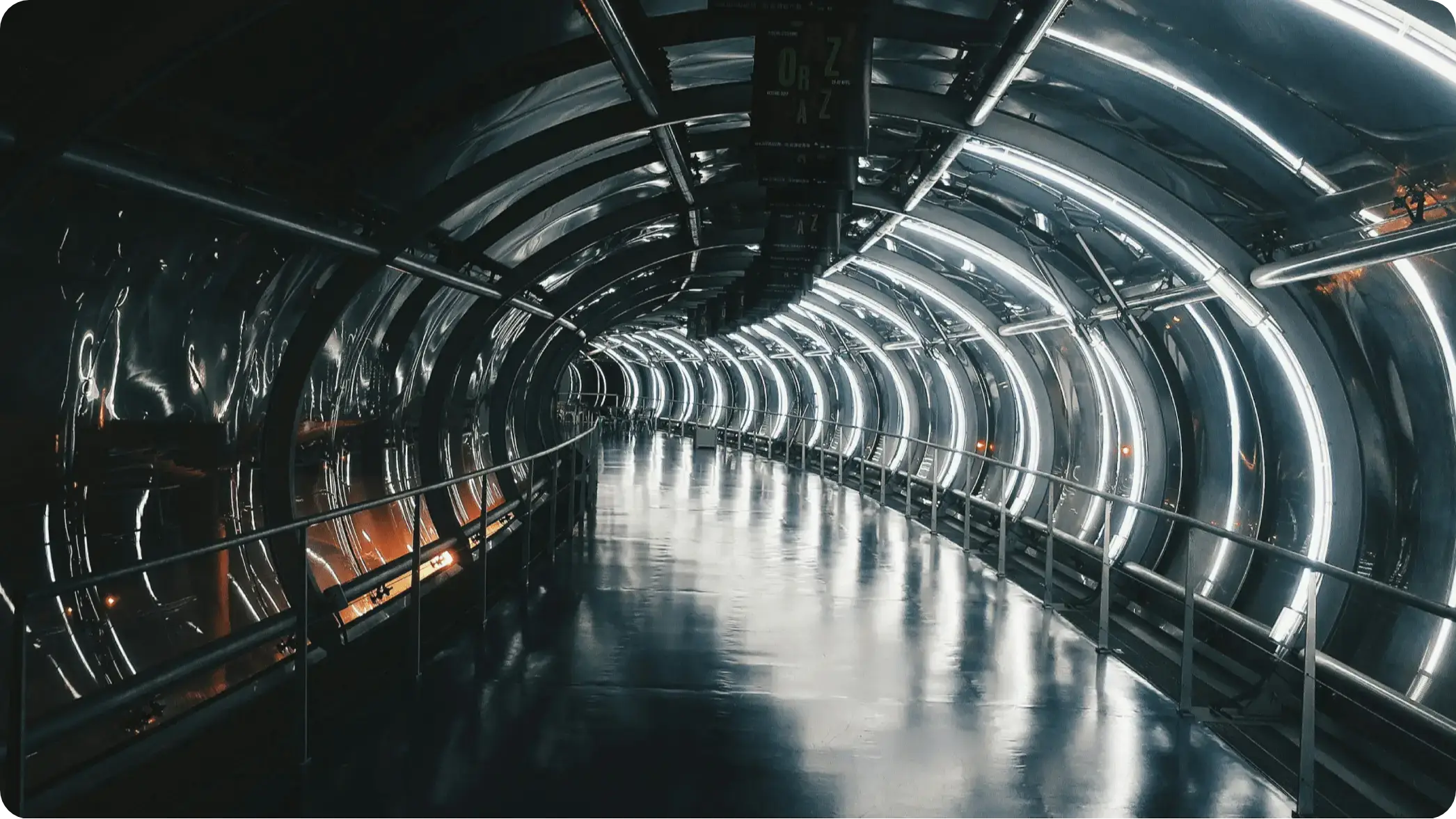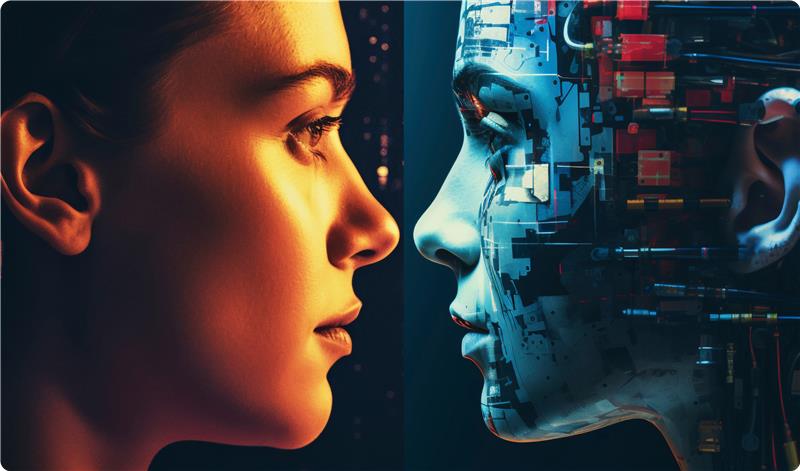
AI – a phrase that triggers debates, raises eyebrows and sparks endless discussions. Is it a benevolent force propelling us into an ideal future, or will it lead us into ominous consequences? We’d rather steer clear from these monotonous discussions and instead delve into a fresher perspective.
At yuj, we’re here to roll up our sleeves and seize the immense potential AI offers, particularly in design. The future of user experience (UX) is undergoing a thrilling makeover, and at the heart of this metamorphosis is the captivating force of Generative AI. The future is now, and it’s brimming with possibilities.
Let’s unveil what we mean by this and how we are navigating the AI landscape to redefine the very essence of design.
Embracing AI In UX Design
Now that AI is undeniably here, and it’s impressive, we’re at a juncture where we’re not just embracing it; we’re harnessing its power to reshape the future of design.
So, why the embrace? It’s not just about leveraging cutting-edge technology; it’s about reimagining what’s possible in the design landscape. The future beckons, and we’re seizing the opportunity to craft experiences that transcend the ordinary.
We designers are not daunted by the intricacies of AI; we’re inspired. We see the potential for a harmonious collaboration, where AI becomes the ally, not the antagonist. It’s about pushing the boundaries of creativity, embracing hyper-personalization, dynamic interfaces, and data-driven decisions that redefine what’s possible in design.
AI Enabled User Centred Design Process
Let’s get into the practicality. How do you infuse your design process with the magic of Generative AI without losing the human touch? AI-driven tools can automate repetitive tasks, like Adobe’s Sensei, which can generate design variations at the speed of thought. The result? Designers can focus on the strategic, imaginative aspects of their craft.
1. Analyzing User Data:
Gone are the days of manual data crunching. With AI tools like Research AI, UX designers can bid farewell to the tedious task of sifting through volumes of user data. Thanks to powerful algorithms, AI not only analyzes user behavior but predicts it, tracks engagements, and unveils patterns that might escape the human eye. The result? Informed design decisions, as designers gain quick insights into how users interact with products.
Did you know? Research AI can process data at lightning speed, giving UX designers the upper hand in creating designs that resonate with user preferences.
2. Creating User Personas:
User personas are the heartbeat of effective UX design, and AI is lending a helping hand in their creation. Case in point: Smartone, an AI tool, conducts sentiment analysis of user discussions on social platforms. This invaluable data is transformed into actionable insights, allowing UX designers to craft data-driven user personas. By blending existing profiles with AI insights, designers can fine-tune designs for maximum impact.
3. UX and Product Writing:
AI isn’t just about crunching numbers; it’s a wordsmith too. Tools like Writer and Copy AI bridge the gap between design and content creation. No more ‘Lorem Ipsum’ placeholders; designers can now generate audience-specific, search-engine-optimized copy. AI suggests words based on context, empowering designers with richer language choices with minimal research.
4. Automating Design Workflows:
Efficiency meets creativity with AI-powered automation. Brainpool and similar tools streamline design workflows by automating repetitive tasks, validating data inputs, and recognizing patterns. AI algorithms adapt swiftly to new environments, allowing designers to generate concepts faster and build smarter workflows. Real-time analytics provide instant feedback, aiding designers in identifying areas for improvement. AI-powered analytics don’t just streamline workflows; they provide real-time feedback for on-the-fly design enhancements.
5. Translation into Visual Designs:
AI isn’t just a number-cruncher; it’s a design maestro too. Programs like Adobe Sensei, Uizard offer a treasure trove of icons, logos, typefaces, and color palettes that can be tailored to reflect brand identities. AI color-picking tools suggest perfect colors based on simple inputs, ensuring cohesive visual design
Skills and Mindset Changes for UX Designers
As the design landscape evolves, UX designers need to adapt their skill set and mindset to thrive in an AI-powered ecosystem. The traditional roles of designers are expanding to include a deeper understanding of AI technologies. Designers need to become collaborators with AI systems, leveraging their capabilities to enhance rather than replace human creativity.
It is now time for UX designers to focus on honing skills such as data analysis, understanding algorithmic logic, and collaborating seamlessly with AI systems to amplify their design endeavours.
Your Partners In Design Have An AI Advantage
The future of UX is a tantalizing blend of human creativity and the wizardry of Generative AI. From hyper-personalization to dynamic interfaces and data-driven decisions, the journey ahead is one of innovation and collaboration. So, get ready to partner with one of India and the USA’s most renowned UX design agency because, at yuj, the future of design is not just smart; it’s brilliantly intelligent.
Connect with us, today!






